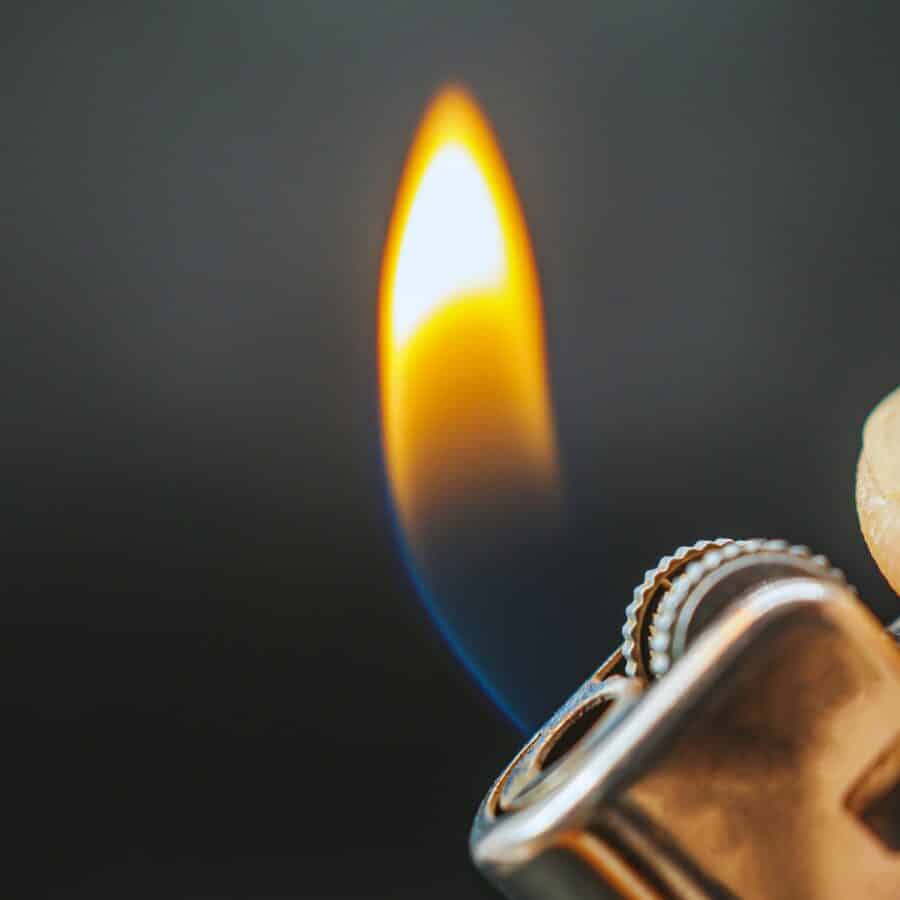Back in the 1990s, litigation against the manufacturers of disposable lighters was hot. Plaintiff firms across the country brought claims against various manufacturers for alleged defects which caused the lighters to explode and severely burn consumers. Some injured consumers won sizable verdicts, while the manufacturers also won some landmark defense verdicts. During that time period the disposable lighter litigation was infamous for the high degree of acrimony between the plaintiffs and defendants. Defendant manufacturers had a reputation for scorched earth tactics and were cited numerous times with sanctions for discovery abuses. Moreover, because the cases became highly technical they were largely driven by expensive expert witness testimony requiring both sides to spend gobs of cash to get the cases ready for trial.
Eventually the lighter manufacturers adopted ASTM F-400, which was a voluntary safety standard. It also appears that many of the manufacturers who were front and center in the 1990s litigation addressed many of the defects that were alleged in most of the lawsuits that were filed. By the year 2000, the wave of disposable lighter litigation had largely died down.
In 2001, the Lighter Association, Inc., which was the industry association for the lighter manufacturers, even went so far as to petition the Consumer Product Safety Commission (CPSC) to adopt ASTM F-400 as mandatory rule for all lighters sold in the US. The CPSC took years to study the request. Among its findings, the CPSC found:
- there are around 1 billion lighters sold annually in the U.S.;
- annually, malfunctioning lighters cause an estimated 290 residential structure fires;
- between 1997 and 2005 there were an estimated 4,145 injuries treated in an emergency room that were caused by malfunctioning lighters.
Despite having studied the issue for years, the CPSC declined to make the voluntary standard mandatory.
Fast forward to 2011. Unlike in the 1990s when members of the Lighter Association made the bulk of lighters sold in the U.S., today imports account for far more than 75% of the U.S. market, with China accounting for 58% of lighter imports.
And guess what? Many of these imported lighters don’t comply with ASTM F-400. Is anyone surprised? It also appears that, at least according to some recent lawsuits that have been filed for catastrophic lighter failures, some of these lighters are defective and explode during normal use. In one of these cases, a man was using a disposable lighter made by Chinese manufacturer Zhuoye Lighter Company. The suit alleged the lighter suddenly exploded and burned 56 year old William Clemmer, a machinist from Stephenville, Texas. Mr. Clemmer died on May 6, 2008 as a result of his burns.
As consumer safety advocate Sean Kane reported in the Safety Record Blog, a petition was filed last week asking the CPSC to not only recall the Zhuoye lighters, but to also enact minimum safety standards for lighters as sought by the industry in 2001. Hopefully this time the CSPC will take action: other industrialized nations including Canada and the European Union already have a mandatory lighter standard. Meanwhile, even though it failed to adopt a mandatory standard, the agency has mandated at least five recalls for defective lighters since 1988, the most recent in 2000.
If the past is prologue, there will likely be more cases filed on behalf of consumers who have been severely burned as as result of defective lighters. Perhaps this time, before what may be a new wave of product liability litigation, the CPSC will take action to implement standards to protect people and prevent needless injuries and deaths.


